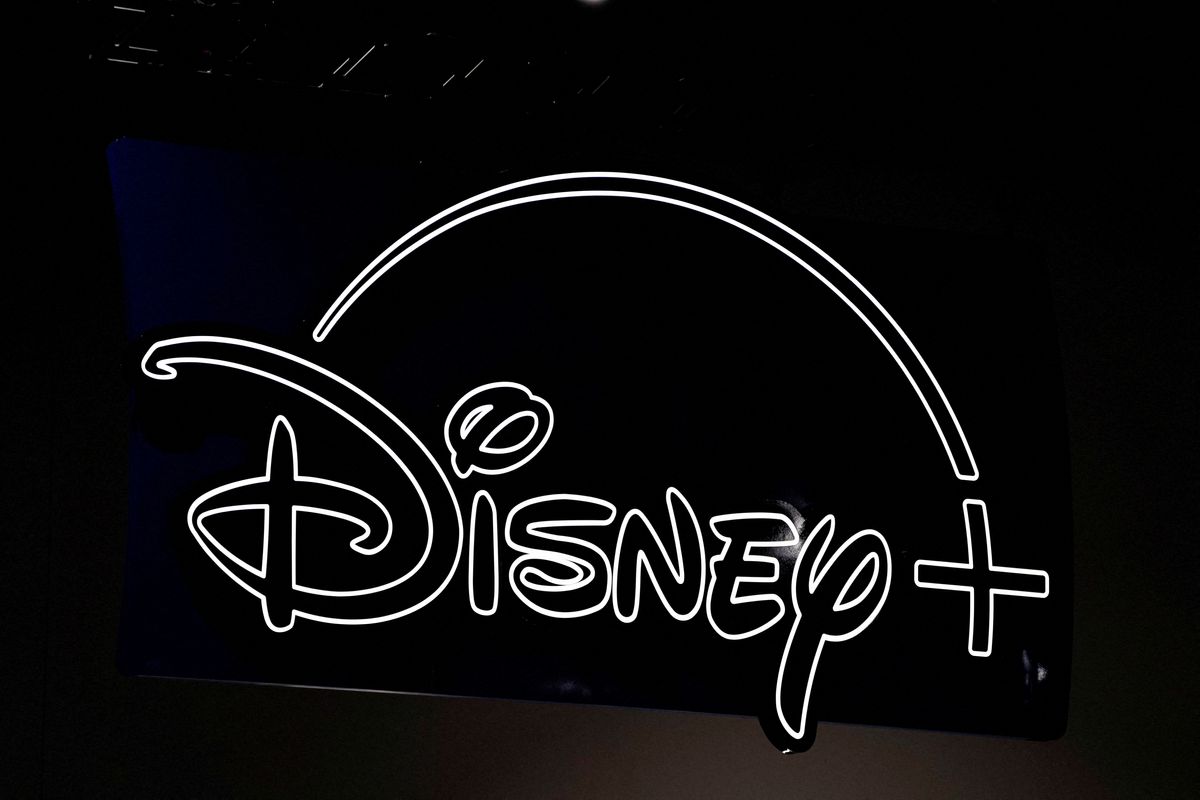How are streaming services moving forward?
Where does the streaming phenomenon go from here?

A few minutes every morning is all you need.
Stay up to date on the world's Headlines and Human Stories. It's fun, it's factual, it's fluff-free.
Over the past few years, streaming services for TV and movies have taken over the entertainment sphere in a big way. At the beginning of this revolution, Netflix was pretty much the only subscription-based streaming service. Now, these platforms are popping up everywhere, even replacing cable TV for some people.
Where does the streaming phenomenon go from here?
With more and more platforms cropping up and competing with one another, it can get kind of overwhelming for consumers to pick which ones they actually want. According to a survey by Ipsos and NPR, 69% of respondents think there are too many streaming services now available. And 65% of respondents consider cost an important factor in deciding on subscriptions.
Because there are just so many streaming platforms out there, and most people don’t really want to spend the money on paying for all of them, subscriber growth has begun to slow down. Now, some of these companies are considering bundling deals to streamline the selection process and make things a little more affordable for the everyday person.
Journalist Jessica Toonkel said: “These streaming companies need to continue growing because they all have goals of profitability. So they need to grow their streaming services quickly in order to be profitable.”
So, some streaming services are also trying to bring in new subscribers by adopting an ad-supporting tier that would be cheaper than the ad-free version. Hulu has had this option for ages. But now, Netflix and Disney+ have taken up this idea. Netflix also has plans to allow subscribers to pay a small extra fee to share their accounts with more people. To keep users from canceling their subscriptions, streamers will continue investing in original content that’s only available on their respective platforms.
“Today’s widespread account sharing between households undermines our long term ability to invest in and improve our service,” explained Chengyi Long, a director of production innovation at Netflix.




Comments ()